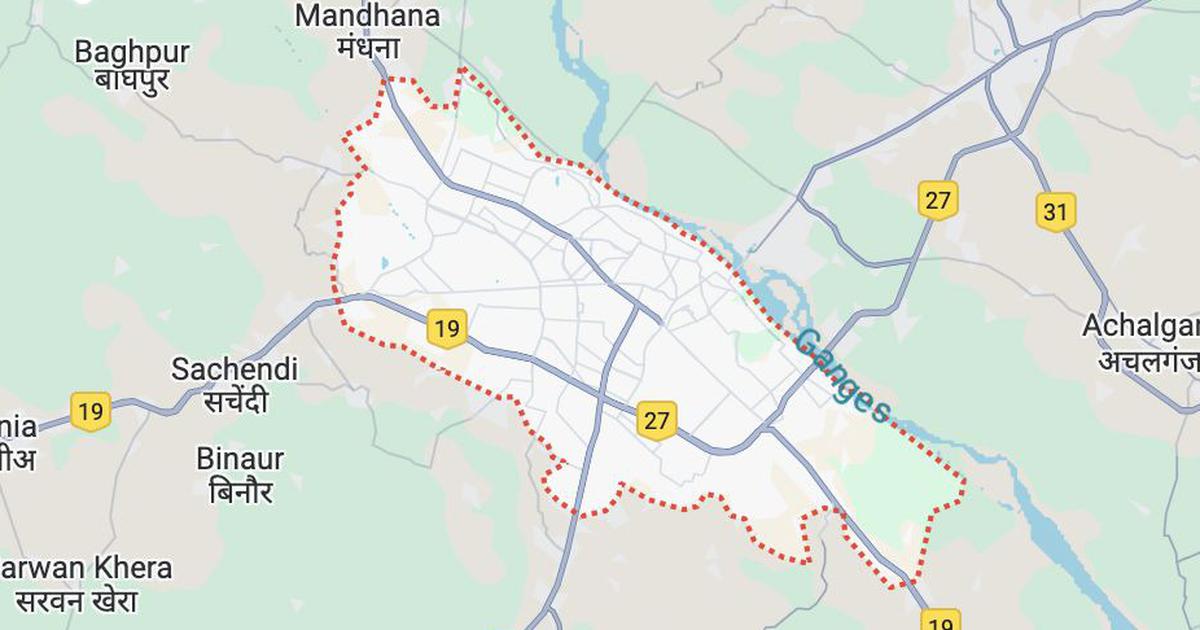By Shashi Tharoor
I’ll tell you what your problem is in India,” the American businessman said. ”You have too much history. Far more than you can use peacefully. So you end up wielding history like a battleaxe, against each other.”
The businessman does not exist; I invented him for a novel, ”Riot,” that came out last year and concerns a Hindu-Muslim riot that erupts during a campaign to erect a Hindu temple on the site occupied for four and a half centuries by a mosque. Yet the views of this fictional character seem more real each day as reports describe a renewed cycle of killings and mob violence over plans to build a temple to Ram above the ruins of the Babri mosque in Ayodhya, in northern India. In a nonfiction afterword to ”Riot,” I alerted readers to the threat by Hindu extremists to commence construction in mid-March this year. I take no solace whatever from prescience. The tragedy in India is that even those who know history seem condemned to repeat it.
It is one of the ironies of India’s muddled march into the 21st century that it has a technologically inspired vision of the future yet appears shackled to the dogmas of the past. The temple town of Ayodhya, in India’s most populous state, Uttar Pradesh, has no software labs; it is devoted to religion and old-fashioned industry. In 1992 a howling mob of Hindu extremists tore down the Babri Masjid, which occupied a prominent spot in a town otherwise overflowing with temples. The mosque had been built in the 1520’s by India’s first Mogul emperor, Babur; the Hindu zealots vowed to replace it with a temple to Ram. In other words, they want to avenge history by undoing the shame of half a millennium ago.
India is a land where history, myth and legend often overlap; sometimes Indians cannot tell the difference. Some Hindus claim the Babri Masjid stood on the exact spot of Ram’s birth and had been placed there by Babur to remind a conquered people of their subjugation. Historians — most of them Hindus — reply that there is no proof that Ram ever existed in human form, let alone that he was born where the believers claim he was. More to the point, there is no proof that Babur demolished a Ram temple to build his mosque. To destroy the mosque and replace it with a temple would not be righting an old wrong but perpetrating a new one.
To most Indian Muslims, the dispute is not about a specific mosque — Babri Masjid had lain unused for half a century before its destruction, most of Ayodhya’s Muslims having emigrated to Pakistan upon Partition of British India in 1947 — but about their place in Indian society. For decades after independence, Indian governments had guaranteed their security in a secular state, permitting the retention of Muslim ”personal law” separate from the country’s civil code and even financing hajj pilgrimages to Mecca. Two of India’s first five presidents were Muslim, as have been innumerable cabinet ministers, ambassadors, generals and Supreme Court justices. Until the early 1990’s, India’s Muslim population was greater than that of Pakistan. The destruction of the mosque felt like an utter betrayal of the compact that had sustained the Muslim community as a vital part of India’s pluralist democracy.
The Hindus who attacked the mosque had little faith in the institutions of Indian democracy. They saw the state as soft, pandering to minorities out of a misplaced and Westernized secularism. To them, an independent India, freed after nearly 1,000 years of alien rule (first Muslim, then British) and rid of a sizable portion of its Muslim population by Partition, had an obligation to assert an identity that would be triumphantly and indigenously Hindu. They are not fundamentalists in any common sense of the term, since Hinduism is a religion without fundamentals: there is no Hindu pope, no Hindu Sunday, no single Hindu holy book and indeed no such thing as a Hindu heresy. Hindu ”fundamentalists” are, instead, chauvinists, who root their Hinduism not in any of its soaring philosophical or spiritual underpinnings — and, unlike their Islamic counterparts, not in the theology of their faith — but in its role as a source of identity. They seek revenge in the name of Hinduism as badge, rather than of Hinduism as doctrine.
In doing so they are profoundly disloyal to the religion they claim to espouse, which stands out not only as an eclectic embodiment of tolerance but as the only major religion that does not claim to be the only true religion. All ways of worship, Hinduism asserts, are valid, and religion is an intensely personal matter related to the individual’s self-realization in relation to God. Such a faith understands that belief is a matter of hearts and minds, not of bricks and stone. The true Hindu seeks no revenge upon history, for he understands that history is its own revenge.
The Hindu zealots who chanted insultingly triumphalist slogans helped incite the worst elements on the Muslim side, who set fire to a railway carriage carrying temple campaigners; in turn, Hindu mobs have torched Muslim homes and killed innocents. As the courts deliberate on a solution to the Ayodhya dispute, the violence goes on, spawning new hostages to history, ensuring that future generations will be taught new wrongs to set right. We live, Octavio Paz once wrote, between oblivion and memory. Memory and oblivion: one leads to the other, and back again. And history is not a web woven by innocent hands.
This story was first appeared on nytimes.com






